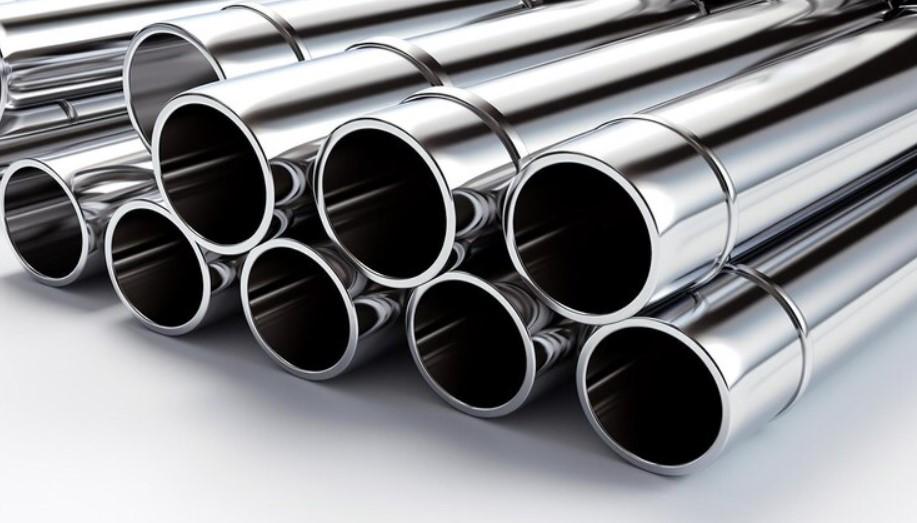PVC pipe & fitting is essential components in various plumbing and construction projects. They are known for their durability, affordability, and versatility, making them a popular choice for both residential and commercial applications. In this article, we will explore the benefits, types, applications, and installation tips for PVC pipe and fittings.
Benefits of PVC Pipe & Fitting
PVC (Polyvinyl Chloride) pipes and fittings offer several advantages, including:
- Durability: PVC pipes are resistant to corrosion, chemicals, and physical damage, ensuring a long lifespan.
- Affordability: Compared to metal pipes, PVC is cost-effective, making it an economical choice for many projects.
- Versatility: PVC pipes can be used in a wide range of applications, from plumbing to irrigation systems.
- Ease of Installation: PVC pipes are lightweight and easy to cut, making installation straightforward and less labor-intensive.
- Low Maintenance: Due to their resistance to corrosion and scaling, PVC pipes require minimal maintenance over time.
Types of PVC Pipe & Fitting
PVC pipes and fittings come in various types and sizes, each designed for specific applications:
- Schedule 40 PVC: Commonly used for residential plumbing and irrigation systems, Schedule 40 PVC is known for its thickness and durability.
- Schedule 80 PVC: Thicker and stronger than Schedule 40, Schedule 80 PVC is ideal for industrial and high-pressure applications.
- CPVC (Chlorinated PVC): CPVC pipes are treated with chlorine, enhancing their temperature and chemical resistance, making them suitable for hot water systems.
- PVC DWV (Drain, Waste, and Vent): Designed for non-pressurized applications, PVC DWV pipes are used in drainage systems.
Applications of PVC Pipe & Fitting
PVC pipes and fittings are used in a variety of applications, including:
- Plumbing: PVC is widely used in residential and commercial plumbing systems for water supply and drainage.
- Irrigation: PVC pipes are commonly used in agricultural and landscape irrigation systems due to their durability and resistance to chemicals.
- HVAC: PVC pipes are used in HVAC systems for ductwork and ventilation.
- Industrial: Schedule 80 PVC pipes are used in industrial applications where higher pressure and temperature resistance are required.
- Electrical Conduit: PVC conduit is used to protect electrical wiring in residential, commercial, and industrial settings.
Installation Tips for PVC Pipe & Fitting
Proper installation of PVC Trunking is crucial for ensuring their longevity and performance. Here are some tips:
- Cutting: Use a PVC pipe cutter or a fine-toothed saw to cut the pipe to the desired length. Ensure the cut is straight and smooth.
- Deburring: Remove any burrs or rough edges from the cut pipe using a deburring tool or sandpaper to ensure a proper fit.
- Cleaning: Clean the ends of the pipe and the inside of the fittings with a PVC cleaner to remove dirt, oil, and debris.
- Priming and Cementing: Apply a PVC primer to the pipe ends and fittings, followed by a PVC cement. Quickly assemble the pipe and fitting, ensuring proper alignment.
- Curing: Allow the joint to cure for the recommended time before applying pressure or water to the system.
Conclusion
PVC pipe and fittings are versatile, durable, and cost-effective solutions for a wide range of plumbing and construction needs. Understanding the different types, applications, and proper installation techniques can help you make the most of these essential materials. Whether for residential, commercial, or industrial use, PVC pipe and fittings are a reliable choice that offers long-lasting performance and minimal maintenance.

